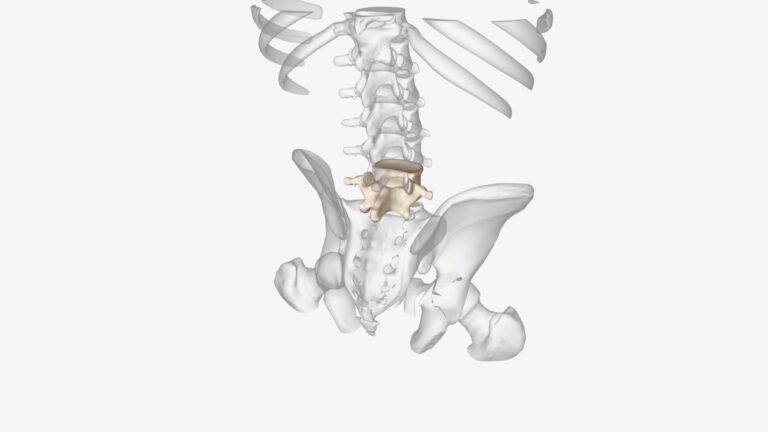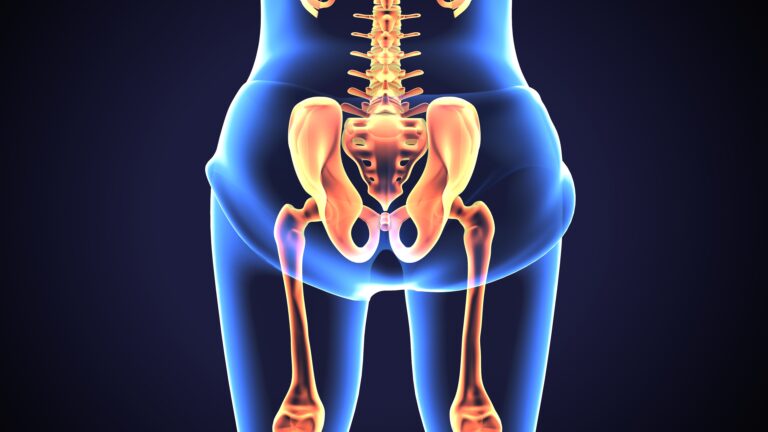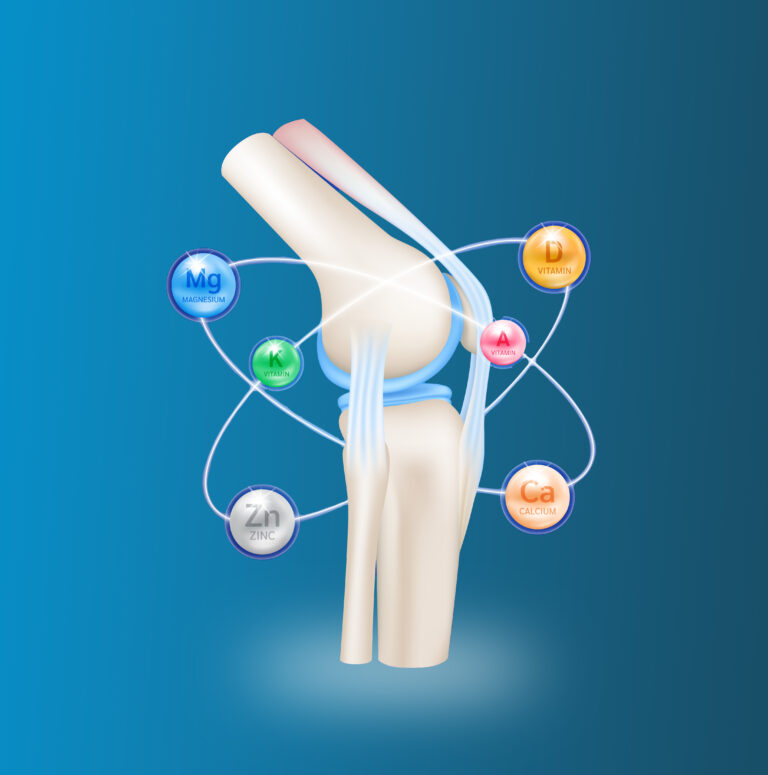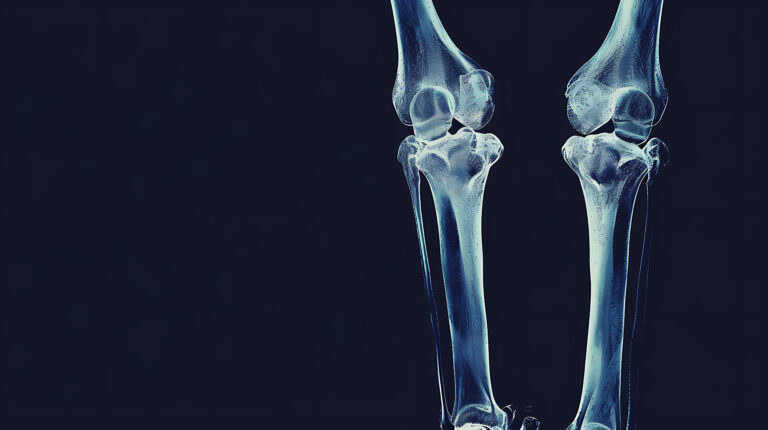
Introduction
Sports injuries can significantly impact a woman’s physical health and athletic performance. Women are particularly vulnerable to certain injuries, such as ACL tears and stress fractures, due to anatomical, hormonal, and biomechanical factors. Preventing these injuries requires a combination of proper training techniques, adequate recovery, and tailored exercises. By prioritizing prevention, women can enjoy sports safely and enhance their athletic potential.
Overview
Injury prevention strategies focus on strengthening joints and muscles, improving flexibility, and enhancing stability. Key measures include warm-ups, cool-downs, proper footwear, and sport-specific training programs. Nutrition and hydration also play a critical role in maintaining muscle strength and endurance. These approaches not only reduce the risk of injuries but also improve overall performance and recovery.
Potential Risks and Complications
- Recurring Injuries: Without preventive care, minor injuries may escalate into chronic conditions.
- Long-Term Damage: Repeated joint or muscle injuries can lead to conditions like osteoarthritis or reduced mobility.
- Overtraining: Excessive training without rest increases the risk of fatigue-related injuries, including stress fractures.
Understanding the Recovery Process
- Immediate Care: Injuries require rest, ice, compression, and elevation (RICE) to reduce swelling and pain.
- Rehabilitation: Gradual reintroduction of physical activity and physical therapy helps restore strength and flexibility.
- Prevention of Recurrence: Identifying and addressing underlying weaknesses or imbalances reduces the risk of future injuries.
Factors Influencing Outcomes
- Fitness Level and Preparation: Proper conditioning reduces the likelihood of injuries and speeds up recovery.
- Technique and Training: Correct movement patterns and adherence to training plans prevent strain and overuse injuries.
- Support Systems: Access to professional guidance, such as trainers and physical therapists, ensures optimal care and outcomes.
Informed Decision-Making
- Risk Awareness: Understanding individual vulnerabilities, such as hormonal influences on ligaments, helps in tailoring preventive measures.
- Preventive Investments: Choosing high-quality equipment and prioritizing recovery tools enhances safety and performance.
- Seeking Expert Guidance: Collaborating with coaches, trainers, or medical professionals ensures a balanced and effective training regimen.
Key Takeaway
Preventing sports injuries in women requires a holistic approach, including proper training, nutrition, and recovery practices. Strengthening joints and muscles, using correct techniques, and being mindful of overtraining are essential for injury prevention and long-term athletic success.
Disclaimer
This content is for informational purposes only and does not replace professional medical advice or training recommendations. Always consult with qualified healthcare providers or sports professionals to address specific concerns and tailor prevention strategies to your needs.





